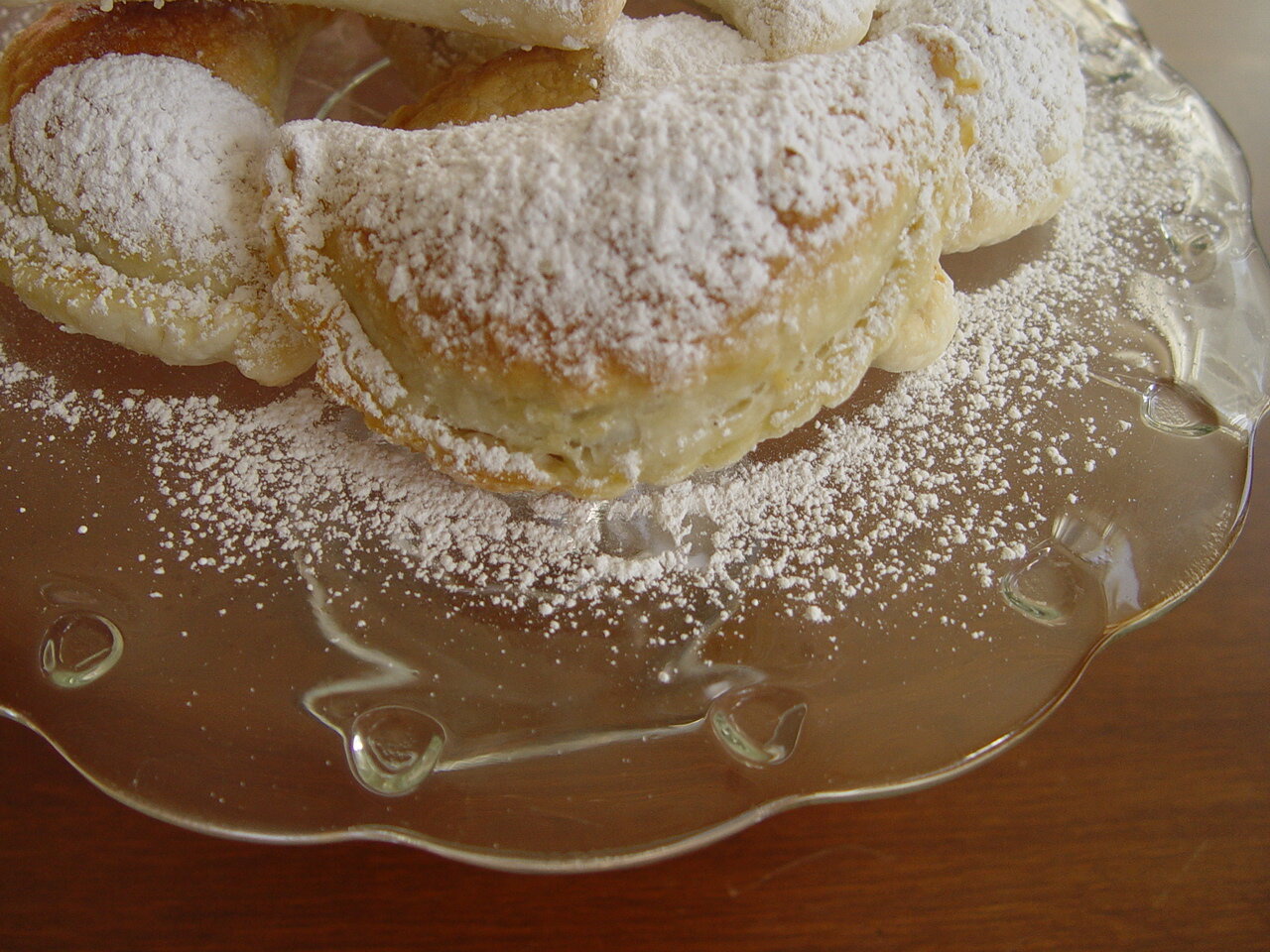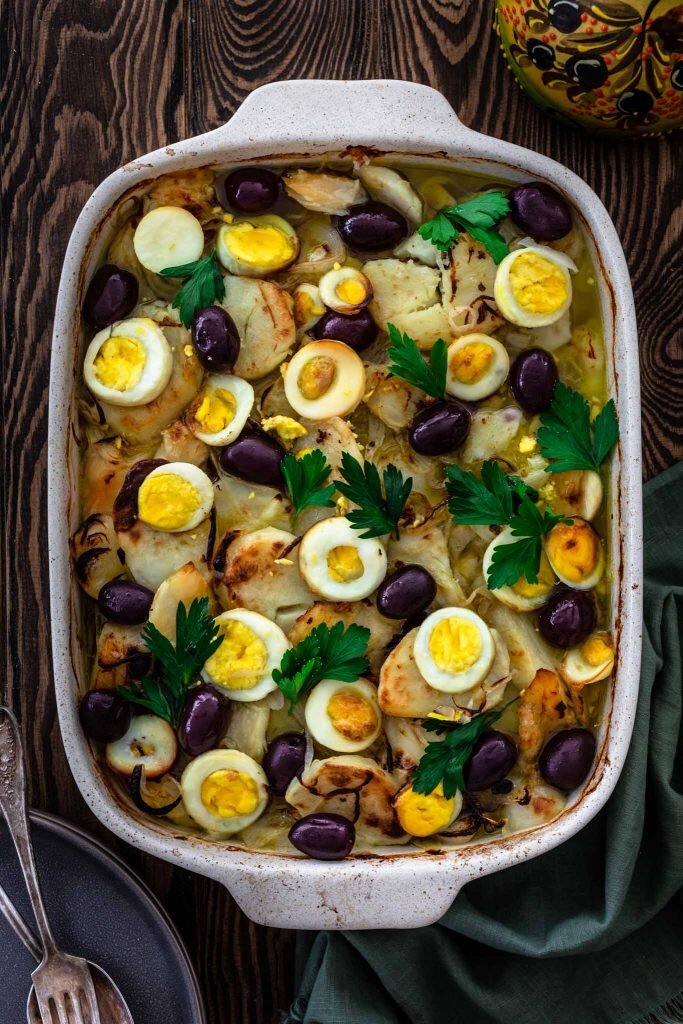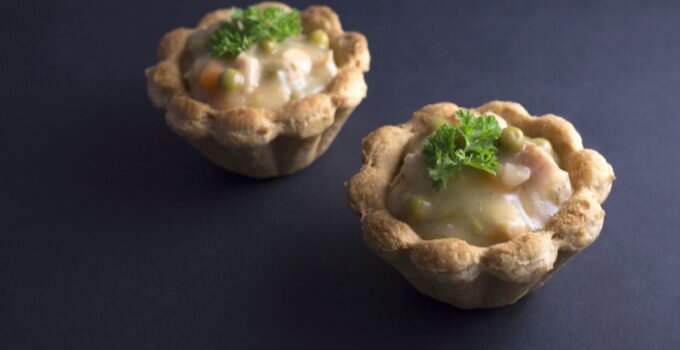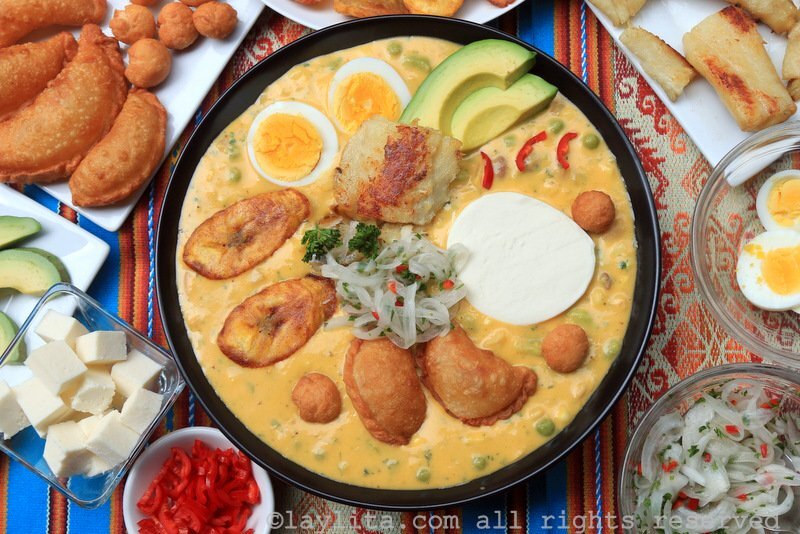Look around your kitchen or bathrooms, or those in magazines, and you're likely to see tile of one variety or another. Used to bring color to a room, to draw your eye around a space, or just to create a stunning mosaic, tile is a versatile decorative art. Today we're going on a tour around the world, exploring some of the oldest and most beautiful examples of ceramic tile work. We'll travel around the globe to Mesopotamia, Egypt, China, Rome and Byzantium.
Ancient Mesopotamia 12,000 BCE
Currently the oldest known glazed bricks (the predecessors to tiles) are those in the Elamite ziggurat of Chogha Zanbil. These date back to the 13th century bc. While they were 'only' glazed kiln fired bricks, it's still the oldest example of advanced pottery that archaeologists have found. An amazing example of this is the Ishtar gate that's been partially rebuilt at the Pergamon museum in Berlin. It's thought that the kiln fired bricks (an upgrade from sun-dried bricks) were developed as a protective outer coating for the more important buildings. Examples here include temples, gates, walls, and palaces. On top of being more easily decorated, kiln fired bricks were also extremely durable and made the structures stronger. (Just think how far we've come! From making buildings more durable to decorating our homes! Although those bricks would still be nice if you were building a custom outdoor kitchen. )
Egypt: 4,700 BCE
Ancient Egypt is our next stop on this journey, as it's where tile work seems to have originated. The technique is called "faience," and it can be either translucent or opaque. Made of sand or crushed quartz, it was primarily used to bring shades of green, blue and turquoise to pieces. Tiles spread from being used to coat the homes and tombs of the wealthy to also being used for pottery and jewelry. (Of course the pieces were much smaller when they were used for the latter two.) We think these tiles would be amazing in the bathroom, and so soothing as well.
Rome: 200 BCE
In Rome we see something new: the concept of using multiple tiles to create a larger image, the mosaic. While this had been done before with pebbles and chips of stone, this is where mosaics started to be crafted out of tile. Instead of every tile being carved and painted individually, smaller tiles were created to be brought together into great mosaics that covered the floors of the wealthy, or the public spaces across the empire. Known as opus vermiculatum, one of those that championed this art-form was Sorus of Pergamon , "whose work, especially his Drinking Doves mosaic, was much copied for centuries after." This was also the first time that colored grout was used to match the colors of tiles. Mosaics are still very popular today and can be utilized all over the home. Take a look around your home and consider where you might put a painting and then imagine a mosaic instead.
Byzantium: 400 CE
Skipping forward in time and moving eastward geographically, we come to the Byzantine empire. Here, mosaics and tile work were elevated even further. They were used everywhere. From sacred spaces as the Egyptians had done, to covering public spaces as the Romans had, to using them to depict their rulers, such as Justinian I. Of course, no discussion of the artwork surrounding ceramic tiles would be complete without touching on the Hagia Sophia. The ceramic tiles there have been added to and preserved over the centuries and are truly a fine example of the beauty of tile. Here we combined the artistry of mosaics with the glazes and fine drawings from both China and Iran to create some of the most well known examples even today.
China: 2100 BCE
As we head to China we also head back in time. "It is believed that, like so much in building technology, the use of baked clay tiles stemmed from China." While using baked clay tiles might seem more humble than some of the other masterpieces we've seen, never doubt that even the most simple of objects was ornamented. Even the first examples of pottery drainage pipes had geometric patterns carved into them, according to records from the time. As the technology continued to advance, beautiful pieces were created such as the tile ends that are traditional in a Chinese roof.
With five stops we've traveled around the world and through history, seeing how we went from glazed bricks to thin tiles like we use today. Whether you're looking to do a tile backsplash in your kitchen, or a floor for your bathroom, consider the history of tile. It might help you bring some interest to your home in a way you hadn't thought of before. Or you can just appreciate how far humanity has come as you admire your new subway tile.
Thank you for joining us on this trip! Did you find it interesting? Let us know over on our Facebook, we'd love to hear from you.
Do you have another example of home decorating arts that we can explore? Tell us in the comments and we'll be happy to look into it.
And remember, if your appliances are giving you trouble, or they've broken down, give us a call and we'll set you up with one of our technicians. We're rated one of the best in Plano for customer service and appliance repair and we want to be there for you.
































